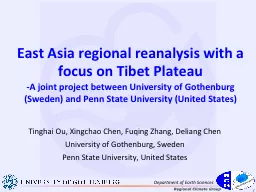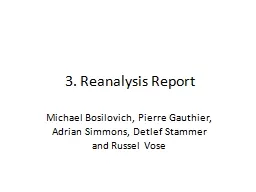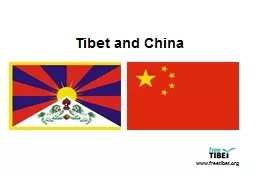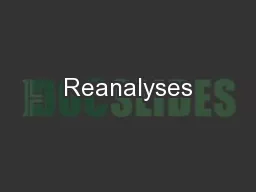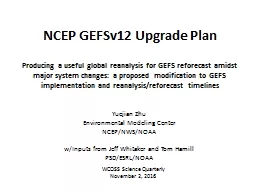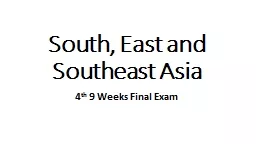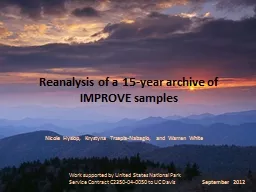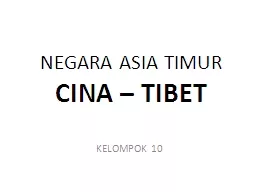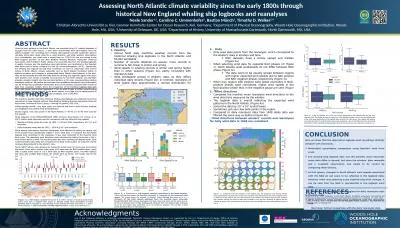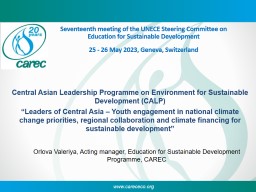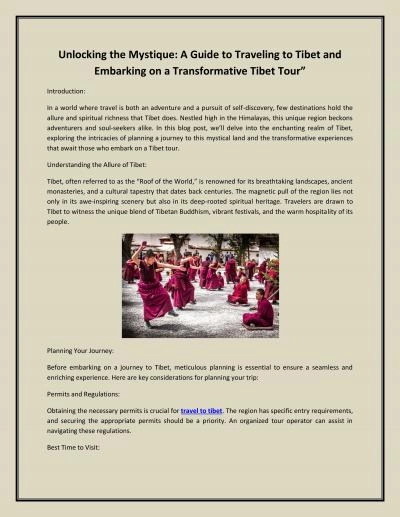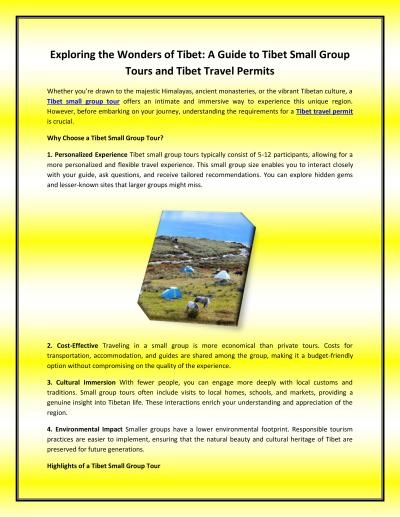PPT-East Asia regional reanalysis with a focus on Tibet
Author : trish-goza | Published Date : 2018-02-23
Plateau A joint project between University of Gothenburg Sweden and Penn State University United States Tinghai Ou Xingchao Chen Fuqing Zhang Deliang Chen
Presentation Embed Code
Download Presentation
Download Presentation The PPT/PDF document "East Asia regional reanalysis with a foc..." is the property of its rightful owner. Permission is granted to download and print the materials on this website for personal, non-commercial use only, and to display it on your personal computer provided you do not modify the materials and that you retain all copyright notices contained in the materials. By downloading content from our website, you accept the terms of this agreement.
East Asia regional reanalysis with a focus on Tibet: Transcript
Download Rules Of Document
"East Asia regional reanalysis with a focus on Tibet"The content belongs to its owner. You may download and print it for personal use, without modification, and keep all copyright notices. By downloading, you agree to these terms.
Related Documents

